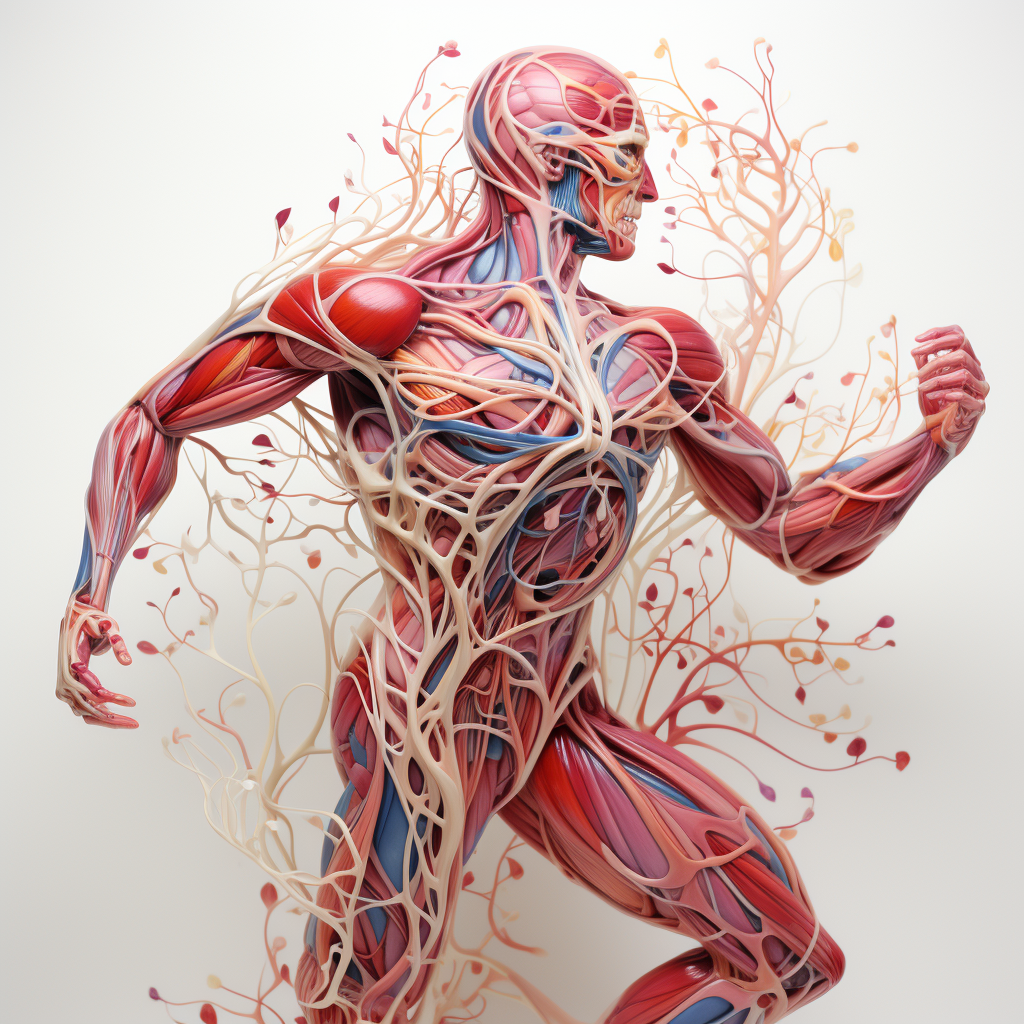Many of us are familiar with the broadly emphasized benefits of exercise – we’re told it’s good for our hearts, our minds, and our overall wellbeing. We know it helps us lose weight, build strength, and improve stamina. But how does it really work? How does our body, specifically our muscles, interact with physical exercise? And what’s the link between exercise, muscle building, and inflammation in our bodies? Let’s dive into the details and shed some light on these processes.
Understanding Energy Storage
Our body is a magnificent machine that knows how to store and use energy efficiently. Whenever we consume food, it breaks down into glucose (a type of sugar), which is used for immediate energy or stored for future use. The liver plays a primary role in this process. It converts glucose into glycogen, a storage form of glucose, and can stock up to about 100-120 grams of it.
Once the liver’s capacity is maxed out, the excess glucose is stored in our muscles. A typical adult can store approximately 400-500 grams of glycogen in their muscles. However, the muscle storage capacity is limited to the muscle’s size; the larger the muscle mass, the higher the glycogen storage capacity.

When these first two storage sites are at capacity, the body starts converting glucose into fat for long-term storage. This process generally begins in the abdomen area, which is why people often first notice weight gain in their belly.
Muscle Building and Energy Burning
Building muscle isn’t just for aesthetic appeal or physical prowess. It plays a significant role in our body’s energy regulation. As we exercise, our muscles contract, using stored glycogen and burning calories in the process. This is how physical exercise helps us maintain our weight and stay in shape.
But there’s more to the story. As we engage in regular strength training and build more muscle mass, our body’s capacity to store glycogen increases. With more storage space, less glucose is converted into fat, reducing potential weight gain.
Furthermore, muscle tissue is metabolically more active than fat tissue, meaning it burns more calories even when the body is at rest. So, a muscular body burns energy more efficiently, reducing the risk of excess glucose conversion into fat.
Exercise, Muscle Building, and Inflammation
Inflammation is part of the body’s natural defense mechanism against injury, infection, and disease. However, chronic inflammation is linked to numerous health issues, including heart disease, diabetes, and cancer. So how does exercise help reduce inflammation?
When we exercise, our muscles produce molecules known as “myokines.” These protein-based molecules are often referred to as “exercise factors,” given their production is directly linked to physical activity. Some of the well-studied myokines include IL-6, IL-15, and Irisin.
Myokines have a unique ability to lower the levels of inflammation in our body. They do this by counteracting the effects of certain inflammatory molecules, such as tumor necrosis factor-alpha (TNF-alpha) and interleukin-1 beta (IL-1 beta). Thus, through regular exercise, our muscles essentially act as an “endocrine organ,” producing these beneficial myokines that help keep inflammation in check.
Moreover, as we continue to exercise and build more muscle, our bodies become more efficient at producing these anti-inflammatory myokines. This is another reason why muscle building is important – more muscle mass means more myokine production and, therefore, better control over inflammation.
Conclusion
Exercise is good for us – we’ve all heard this. But understanding why and how it benefits our bodies adds a new layer of appreciation for physical activity. Whether it’s through energy regulation, muscle building, or inflammation control, exercise plays a critical role in maintaining our health. By engaging in regular physical activity and strength training, we’re not just building muscle and burning energy, but we’re also equipping our bodies with a powerful tool to combat inflammation and ward off diseases. So, let’s continue to embrace physical fitness, not just for its immediate rewards, but also for the long-term health benefits it provides.

